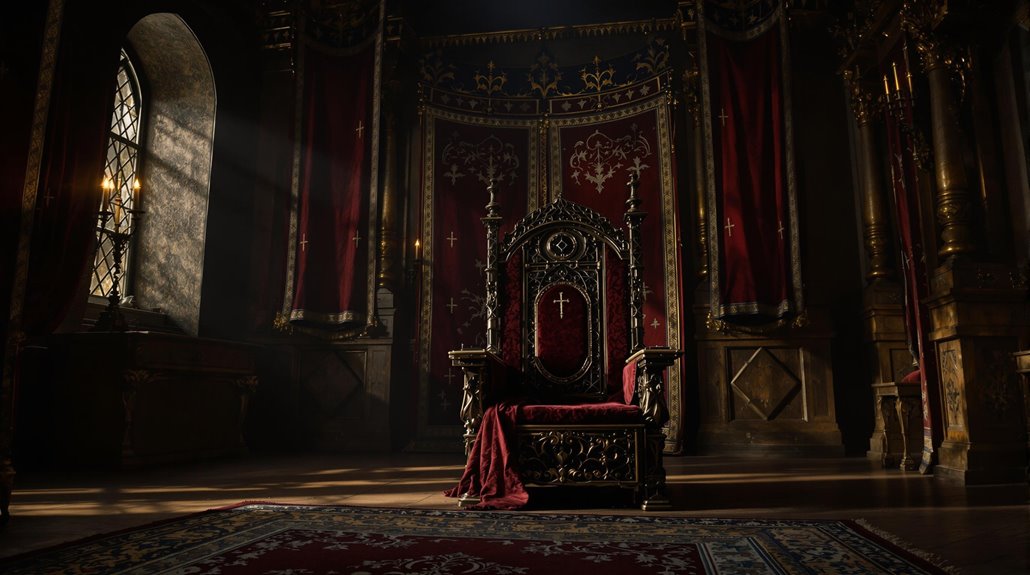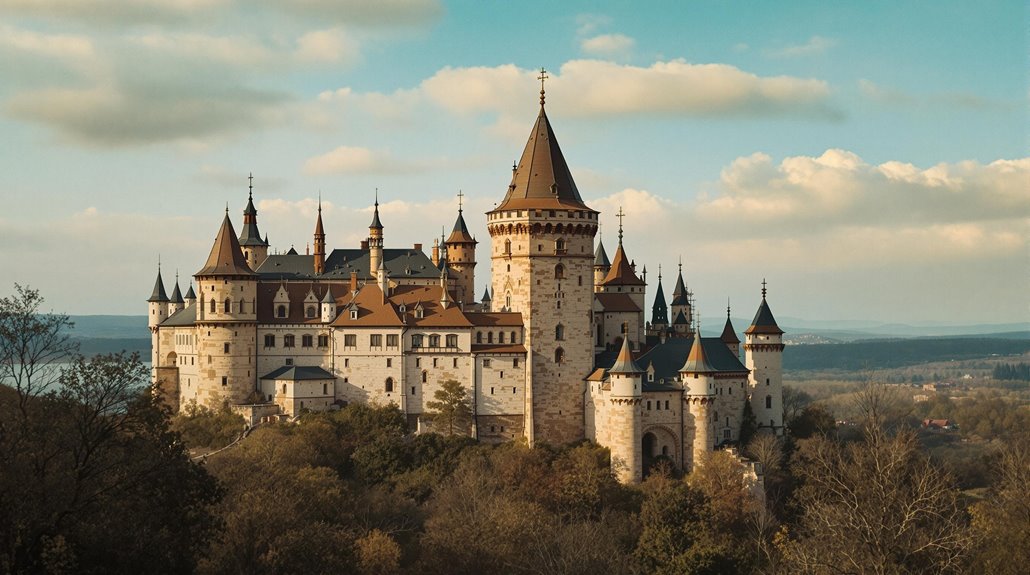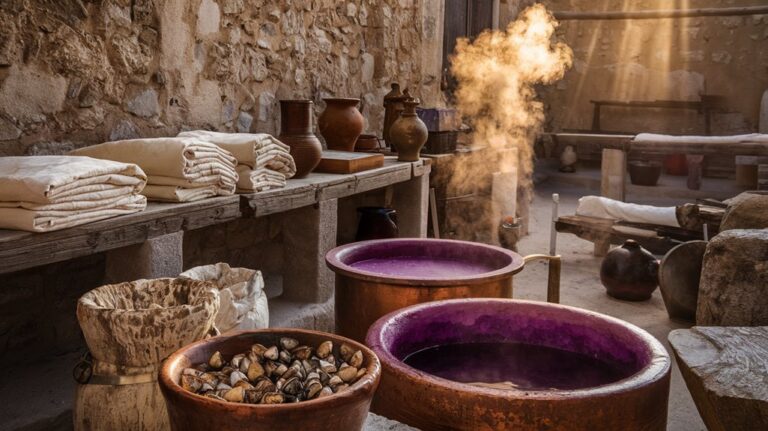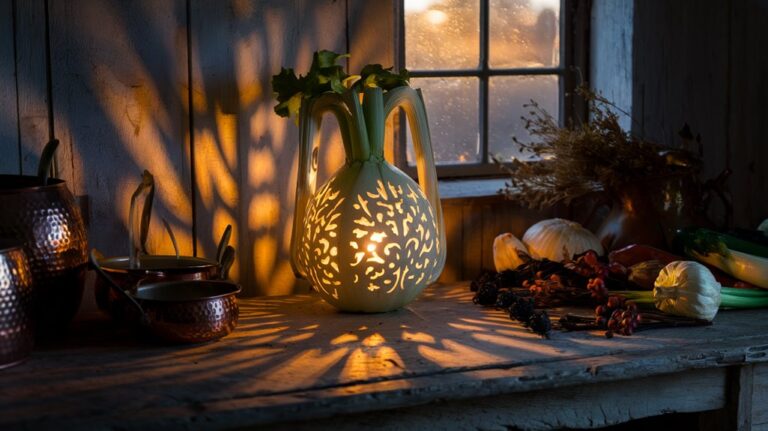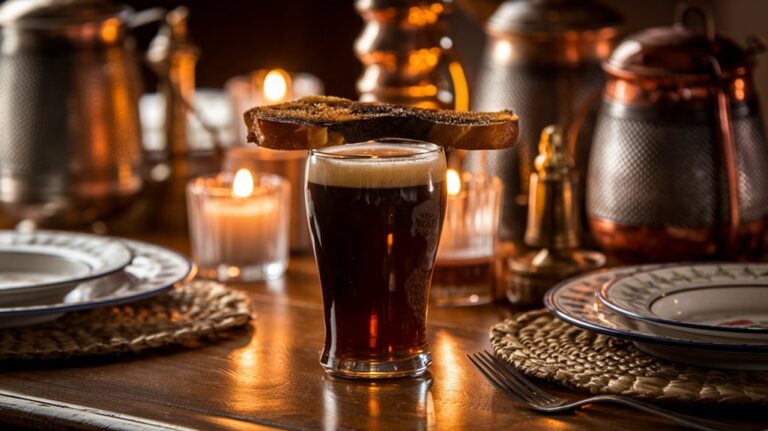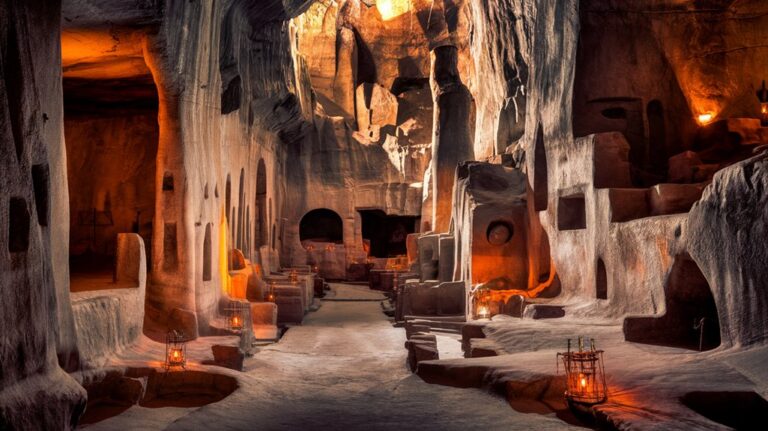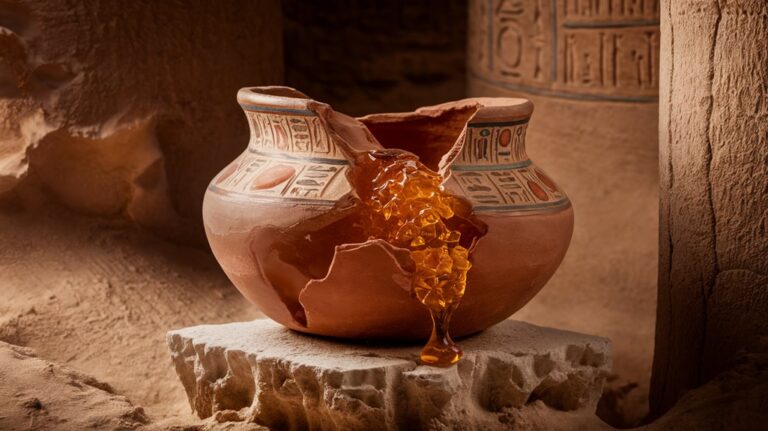Count Dracula Was Based on Vlad the Impaler
Just as you might share a name with someone who lived centuries ago, Count Dracula shares his notorious title with a real historical figure: Vlad III of Wallachia. You've probably heard the whispered connections between Bram Stoker's bloodthirsty count and the brutal 15th-century ruler known as Vlad the Impaler. While these two figures have become intertwined in popular culture, the true relationship between the fictional vampire and the medieval prince holds some surprising revelations that challenge what you think you know.
The Historical Vlad III of Wallachia

While many know him as the inspiration for Count Dracula, Vlad III of Wallachia was a complex historical figure who ruled during the 15th century. Born in 1431, Vlad's childhood was marked by tragedy when Ottoman forces held him hostage in 1442 to guarantee his father's loyalty. When his father returned to power, he became a sworn supporter of Sultan Murad II.
After his father and elder brother's murder in 1447, he ascended to power multiple times, with his most significant reign from 1456 to 1462. His invasion of Wallachia with Hungarian support in 1456 marked the beginning of his most notable reign.
You'll find the Impaler's tactics were both brutal and effective. He gained notoriety for impaling his enemies and implementing harsh justice, even for minor crimes.
As ruler, he appointed commoners to positions of power, reduced the nobility's influence, and restructured trade relationships. His primary focus remained defending his territory against Ottoman expansion until his death in battle in 1476.
Stoker's Literary Creation and Historical Connections
The historical Vlad III evolved into something far more supernatural when Bram Stoker created Count Dracula in his 1897 gothic horror novel.
Unlike the folkloric vampires before him, Stoker's creation was a charismatic aristocrat with extraordinary powers and a need for Transylvanian soil to maintain his strength.
While many believe Vlad III was Stoker's inspiration for Count Dracula, the evidence suggests otherwise. His character was a proud soldier and statesman who displayed both courtly manners and fierce rage when thwarted.
Although the Count claims descent from Attila the Hun and references battles against Turks, Stoker's research primarily came from William Wilkinson's book on Wallachia and Moldavia. Stoker's meticulous notes throughout his writing process show no evidence of deep research into Vlad the Impaler.
The literary influence connecting Vlad III to Dracula wasn't widely popularized until Florescu and McNally's 1972 work.
Scholar Elizabeth Miller further challenges this connection, suggesting that later film adaptations reinforced the link more than Stoker's original novel.
Origins of the Dracula Name
Understanding Dracula's name requires delving into Romanian etymology, where "Dracul" means both dragon and devil.
You'll find that "Dracula" literally translates to "son of Dracul," referring to Vlad III's father, Vlad II, who earned this name through his membership in the Order of the Dragon.
The Dracula etymology traces back to 1431 when Vlad II joined this knightly order, established to defend Christianity against Ottoman expansion. Vlad III became the ruthless voivode of Wallachia, ruling the region just south of Transylvania.
The dragon emblem appeared on his coinage, cementing the family's connection to the name. This legendary name has become deeply mythical through centuries of folklore and literature.
While "drac" in modern Romanian refers to the Devil, Bram Stoker discovered the name during his 1890 research of Wallachia.
He chose "Dracula" for its devilish connotations, though he wasn't initially aware of its connection to Vlad III's historical legacy.
Separating Fact From Fiction
Beyond the etymology of the name lies a complex web of distinctions between the historical Vlad III and Stoker's fictional Count Dracula.
While you might assume a direct connection between these figures, historical accuracy tells a different story. Stoker likely knew little about the real Vlad III when crafting his vampire folklore. Born in November or December 1431, Vlad III entered a world vastly different from the supernatural realm Stoker would later create. Modern research shows that Vlad's brutal actions were influenced by paranoia and fear while governing the contested frontier between Hungarian and Ottoman territories.
- Stoker's Count inhabits Transylvania and possesses supernatural powers, while Vlad ruled Wallachia and was simply a mortal ruler.
- Bran Castle, often marketed as "Dracula's Castle," had no significant connection to the historical Vlad.
- The real Vlad's reputation for impalement differs greatly from the blood-drinking mythology of Stoker's vampire.
Modern associations between these two figures emerged primarily through later scholarly interpretations, not from Stoker's original work.
Modern Cultural Impact and Historical Legacy
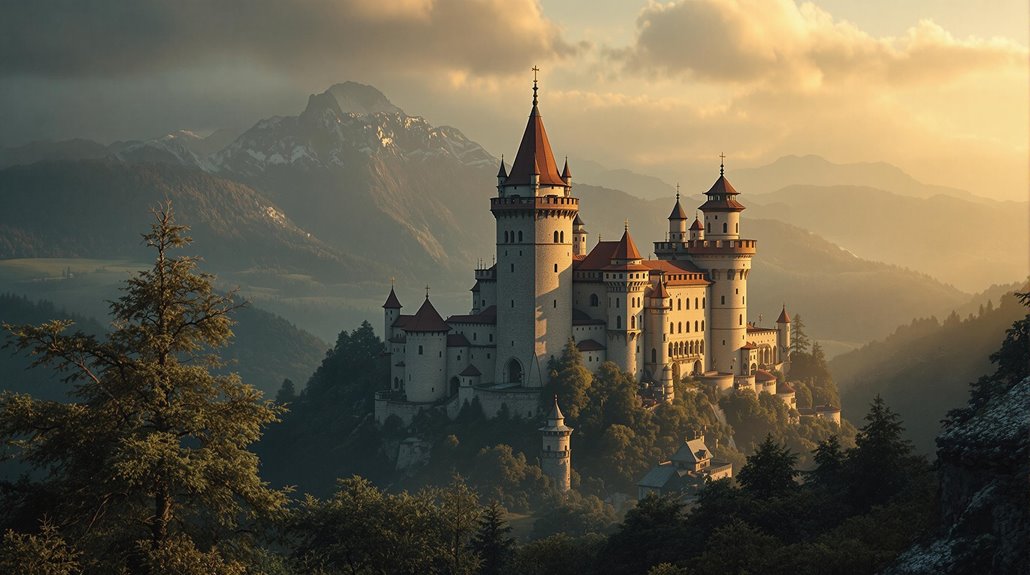
Since its publication in 1897, Bram Stoker's "Dracula" has profoundly shaped popular culture's understanding of vampires while creating an enduring tourism industry in Romania.
You'll find Dracula's influence everywhere in modern vampire mythology, from the now-standard traits of blood-drinking and sunlight aversion to the use of garlic and crosses as protection. Vampires are particularly known for their fanged appearance, which Stoker popularized in his influential work. The character has inspired over 200 films and countless cultural adaptations across various media, including books, plays, and video games. The novel has been in continuous publication since release.
The story's impact extends beyond entertainment into academia, where scholars analyze its themes through modern perspectives on gender, sexuality, and Victorian society.
In Romania, you can visit "Dracula's Castle" (Bran Castle) and Vlad the Impaler's birthplace in Sighișoara, where the tourism industry thrives on this literary-historical connection through festivals and themed attractions.

